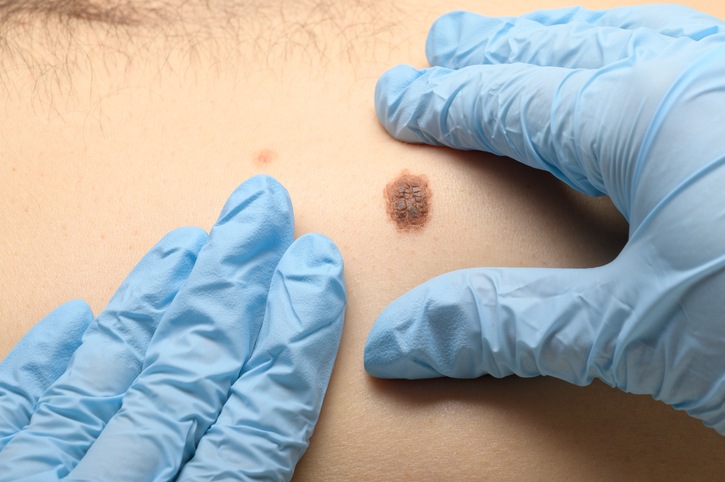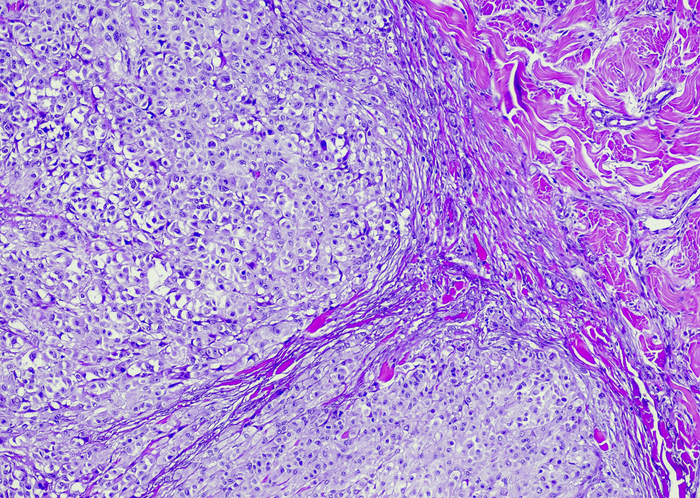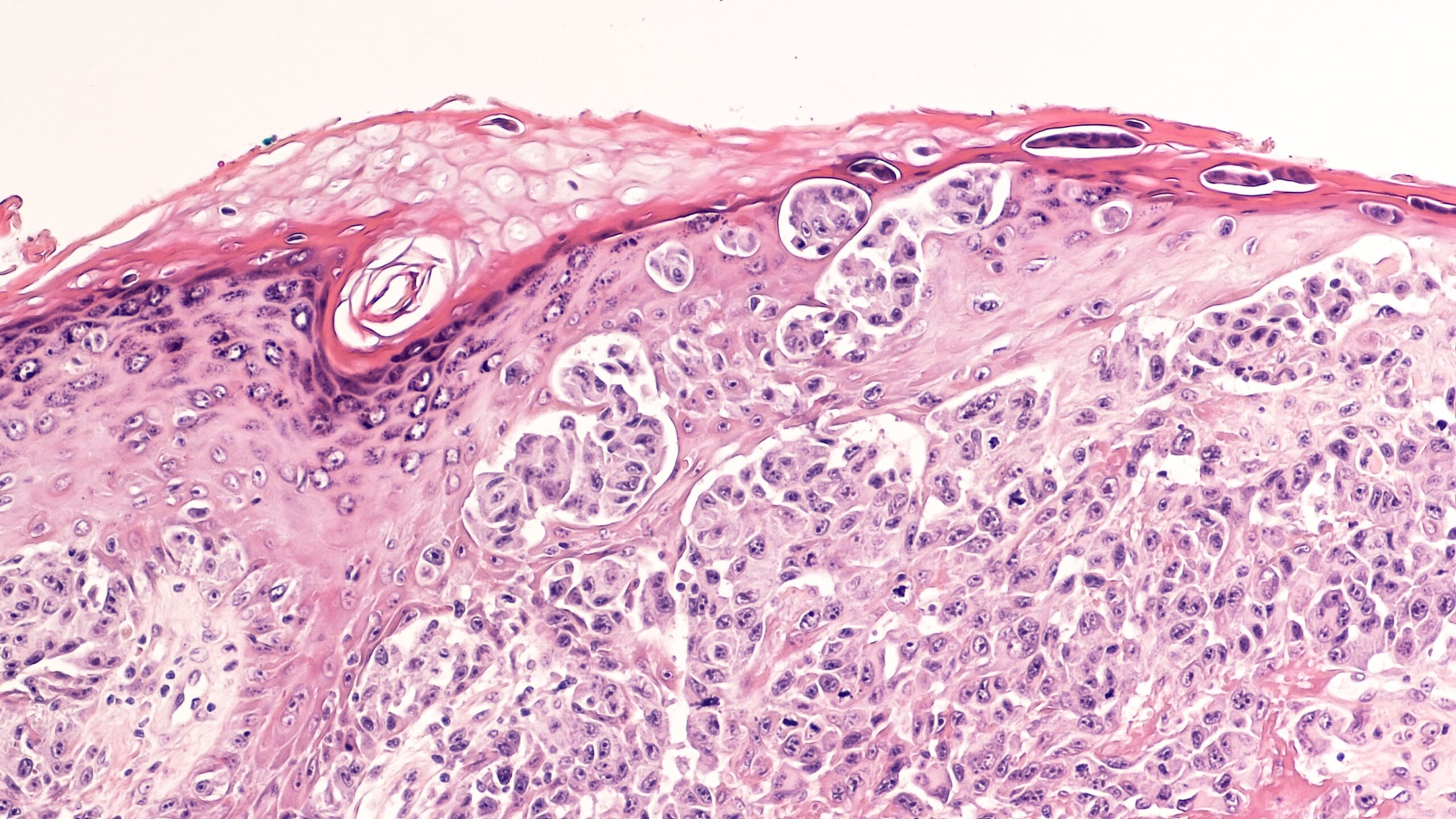
A study evaluated the feasibility and success of a structured surveillance program at skin clinics to help achieve earlier detection of melanoma.
“A previous single-center study observed fewer excisions, lower health care costs, thinner melanomas, and better quality of life when surveillance of high-risk patients was conducted in a melanoma dermatology clinic with a structured surveillance protocol involving full-body examinations every 6 months aided by total-body photography (TBP) and sequential digital dermoscopy imaging (SDDI),” the researchers wrote. The purpose of the present study was therefore “To examine longer-term sustainability and expansion of the surveillance program to numerous practices, including a primary care skin cancer clinic setting.”
A total of 593 participants who, between 2012 and 2018, were identified as having a very high risk of melanoma, were involved in the study. Participants were recruited from four centers and had a median follow-up of 2.9 years (interquartile range [IQR], 1.9-3.3 years). Records were made of any suspect monitored or excised lesions. Pathology reports were collected. The main outcomes were the incidence and characteristics of new lesions, as well as the association of diagnostic aids with rates of new melanoma detection.
Most participants were male (n=340), and the median age at baseline was 58 years (IQR, 47-66 years). During follow-up, 1,513 lesions were excised, of which 171 were primary melanomas. The overall benign to malignant excision ratio was 0.8:1.0, while the benign melanocytic to melanoma excision ratio was 2.4:1.0 and melanoma in situ to invasive melanoma ratio was 2.2:1.0. Excision ratios did not largely differ across the four centers. In the first two years, participants had a 9% chance of developing a new melanoma annually, and this increased over time, especially in participants with multiple primary melanomas. The top two detectors for new melanomas were a clinician with the aid of TBP and digital dermoscopy monitoring.
The study was published in JAMA Dermatology.
“The structured surveillance program for high-risk patients may be implemented at a larger scale given the present cohort study findings suggesting the sustainability and replication of results in numerous settings, including a primary care skin cancer clinic,” the researchers wrote in their conclusion.







 © 2025 Mashup Media, LLC, a Formedics Property. All Rights Reserved.
© 2025 Mashup Media, LLC, a Formedics Property. All Rights Reserved.